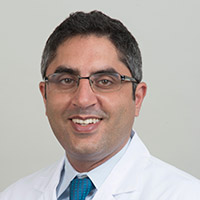Author Interviews, Cancer Research, Radiation Therapy, Stem Cells / 11.02.2016
Radiation Converts Some Resistant Head and Neck Cancer Cells Into Aggressive Stem Cells
MedicalResearch.com Interview with:
Erina Vlashi, PhD
Assistant Professor
Department of Radiation Oncology
David Geffen School of Medicine at UCLA
Los Angeles, CA 90095-1714
Medical Research: What is the background for this study? What are the main findings?
Dr. Vlashi: It has been known for quite some time that head and neck squamous cell carcinomas (HNSCC) that test positive for human papilloma virus (HPV) respond to radiation therapy more favorably than HPV-negative HNSCCs. Our team reviewed a cohort of 162 patients with a head and neck squamous carcinoma diagnosis over a two-year period, and confirmed that the outcomes were correlated with the patient's HPV status. The work that followed was prompted by a discovery we had made earlier in breast cancer suggesting that breast cancer cells that manage to survive radiation therapy have the capacity to convert into more de-differentiated, therapy-resistant cells with characteristics of cancer stem cells, and that the degree of this conversion depended on the type of breast cancer: the more aggressive types of breast cancer being more prone to the therapy-induced phenotype conversion. So, we hypothesized that this therapy-induced conversion phenomenon may especially be at play in head and neck squamous cell carcinomas given the clinical observation that HPV-positive HNSCCs respond to radiation therapy much more favorably than HPV-negative HNSCCs, despite optimum treatment modalities. And indeed, that is what we found: tumor cells derived from a panel of head and neck squamous cell carcinomas cell lines that do not respond well to radiation therapy have an enhanced ability to convert the cells that survive radiation into more aggressive cells, cancer stem-like cells that will resist the next round of radiation therapy. (more…)











